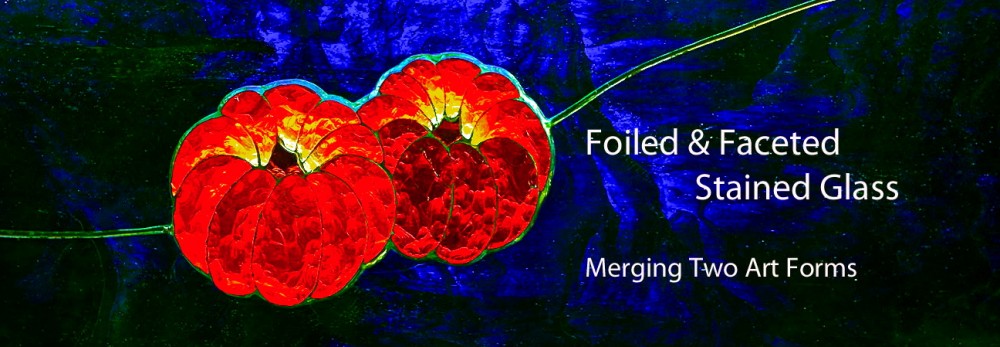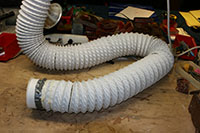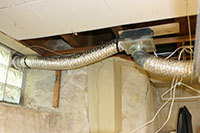As I have mentioned, the combination of sawing and grinding of the faceted glass results in the generation of significant amounts of glass dust. The dust is composed primarily of silica and the materials used in the pigments that give color to the glass. The dust, if inhaled in significant quantities, can possibly damage your lungs. Masks are available which will block the dust and if you use a vacuum cleaner it must be equipped with an appropriate filter to prevent the glass particles from passing through the collection bag and becoming airborne. If you sweep or dust an area it is important to first spray the area with water which will wet the dust and allow it to be more safely collected. It is also preferable to use damp cloths or paper when cleaning dust from the glass but change them frequently since when the cloth or paper dries the dust may be released into the air the next time they are used. It is also helpful to provide shields for the saws and grinders to contain the spray ( the spray includes glass dust which is then liberated when the water dries ). I should also mention that I have two HEPA filters running in the area whenever I am working and I also frequently use the exhaust system that I describe in the post on lead if I think that there is noticeable dust in the air.


